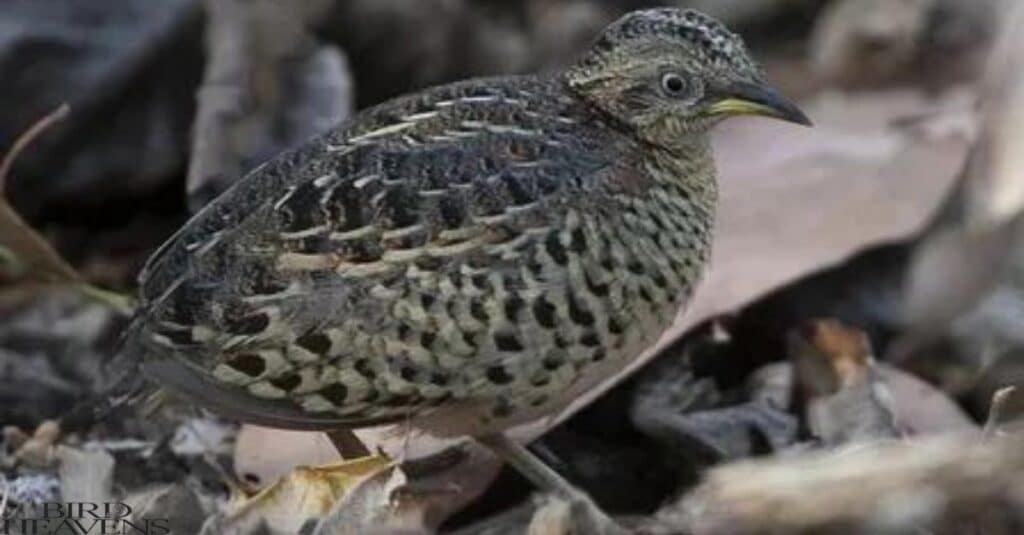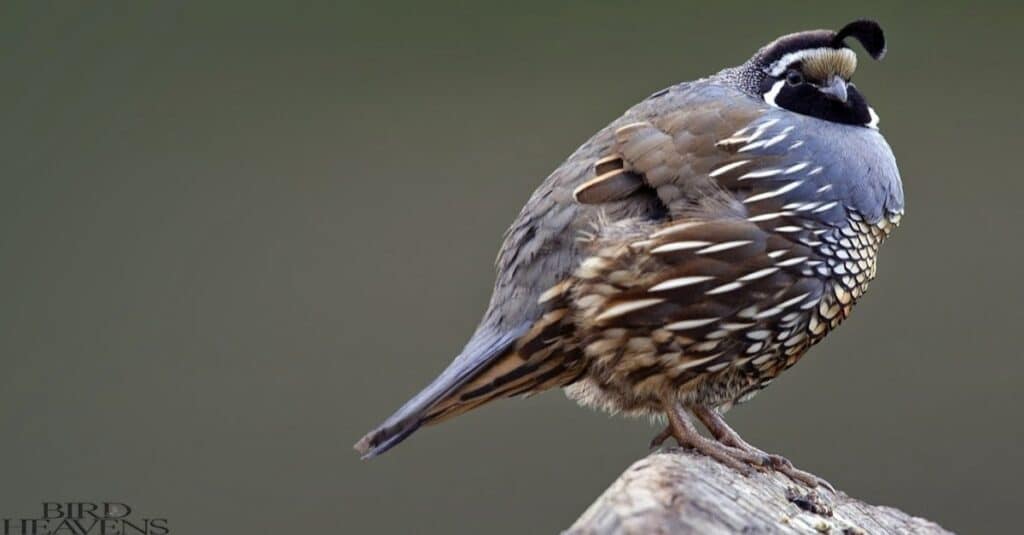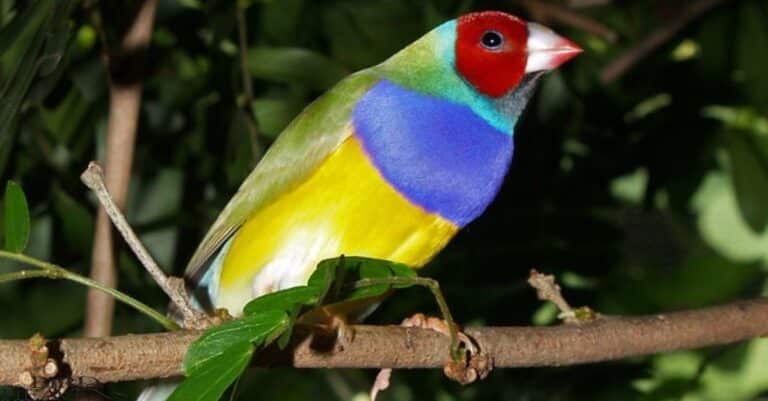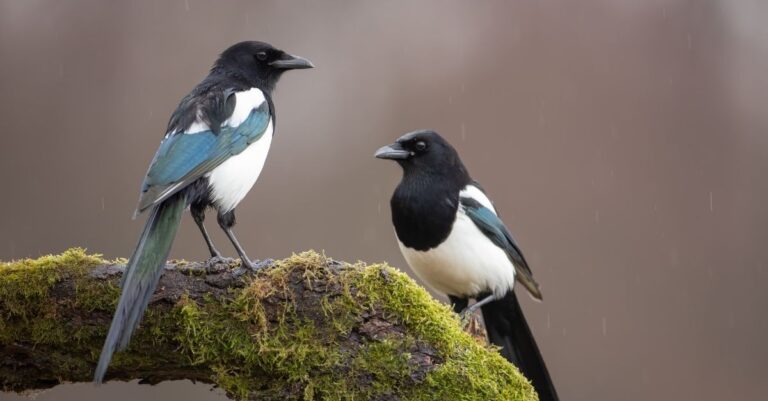How Long Do Quail Live? The Vulnerable Lives Of Quail
Quail typically live 1.5 to 5 years in the wild, facing numerous threats like predation and habitat loss. In captivity, their lifespan extends to 2-4 years on average, with some species reaching 5-6 years under optimal care.
Button quail can live 3-5 years, coturnix quail 2-4 years, and bobwhite quail 4-6 years in captivity. Proper nutrition, disease prevention, and stress reduction can significantly increase quail longevity.
How Long Do Quail Live?
Discover the hidden world of quail and their surprising lifespans! These small, resilient birds pack a lot of life into their brief years. From the tiny button quail to the robust bobwhite, each species tells a unique story of survival.
Know the factors that shape their lives, from wild habitats to human care. Whether you’re a bird enthusiast or nature lover, prepare to be amazed by the captivating journey of quail longevity.
The Captivating World of Quail
Quail are a diverse group of small, plump birds found across the globe. From the diminutive button quail to the robust bobwhite, these birds play crucial roles in ecosystems and human culture.
Understanding quail lifespan isn’t just a matter of curiosity; it’s essential for conservation efforts, sustainable farming, and appreciating the delicate balance of nature.
Did you know? There are over 130 species of quail worldwide, each with its unique characteristics and lifespan potential.
Quail Lifespan in Captivity:
Quail in captivity often enjoy longer lifespans than their wild counterparts. This is primarily due to:
- Protection from predators
- Consistent access to food and water
- Shelter from harsh weather conditions
- Regular veterinary care
On average, domestic quail can live 2-4 years, with some individuals reaching 5-6 years under optimal conditions.
Wild vs. Captive Quail
| Species | Wild Lifespan | Captive Lifespan |
| Button Quail | 1-2 years | 3-5 years |
| Coturnix Quail | 1.5-2 years | 2-4 years |
| Bobwhite Quail | 1-2 years | 4-6 years |
| California Quail | 1.5-2 years | 3-5 years |
| Mountain Quail | 1-2 years | 4-6 years |
Lifespan by Species
Button Quail (Chinese Painted Quail)
Button quail, also known as Chinese painted quail, are among the smallest quail species. In captivity, these tiny birds can live surprisingly long lives.

- Average lifespan: 3-5 years
- Record longevity: Up to 7 years in exceptional cases
Button quail lifespan is often extended due to their small size, which makes them less prone to certain age-related issues. However, they require meticulous care to reach their full life potential.
Caring for Button Quail:
- Provide a varied diet rich in protein and calcium
- Maintain a consistent temperature between 70-75°F (21-24°C)
- Offer plenty of hiding spots and dust baths
- Regular health check-ups to catch and treat issues early
Coturnix Quail (Japanese Quail)
Coturnix quail, commonly raised for eggs and meat, have a relatively short lifespan compared to other quail species.

- Typical lifespan in captivity: 2-4 years
- Lifespan in the wild: 1.5-2 years
The shorter coturnix quail lifespan is partly due to their rapid growth and high egg production, which can tax their bodies. However, with proper care, some individuals have been known to live up to 5 years.
Interesting Fact: Coturnix quail can start laying eggs as early as 6-8 weeks of age, which is one of the fastest rates among poultry species.
Bobwhite Quail
Bobwhite quail are popular game birds known for their distinctive call. Their lifespan varies significantly between wild and captive settings.

- Lifespan in the wild: 1-2 years
- Lifespan in captivity: 4-6 years
Bobwhite quail life expectancy in different regions can vary due to habitat quality and predator populations. Conservation efforts have shown promise in extending wild bobwhite lifespans by improving habitat conditions.
Case Study: The Texas Bobwhite Brigade
The Texas Bobwhite Brigade, a youth leadership program focused on wildlife and natural resource conservation, has been working to improve bobwhite quail populations since 1993. Their efforts include:
- Habitat restoration projects
- Education on sustainable land management practices
- Monitoring of quail populations
Results:
- 15% increase in bobwhite quail populations in managed areas
- Extended average lifespan of wild bobwhites from 8 months to 14 months
- Improved public awareness and support for quail conservation
You Might Like >>Do Vultures Attack Humans?
How long do California quail live?
California quail typically live 3 to 5 years in the wild. However, quail living in captivity tend to survive longer due to better care and protection from predators. The oldest recorded individual California quail lived 6 years and 11 months.

Quail Lifespan in the Wild
In their natural habitats, quail face numerous challenges that affect their longevity. On average, wild quail have a life expectancy of 1.5 to 2 years. However, this can vary greatly depending on the species and environmental conditions.
Survival rates from egg to adulthood:
- Only about 20-30% of quail eggs hatch successfully in the wild.
- Of those that hatch, less than 50% survive to adulthood.
- First-year mortality rates can be as high as 70-80% for some species.
The impact of habitat on quail longevity cannot be overstated. Areas with abundant cover, diverse vegetation, and minimal human disturbance tend to support longer-lived quail populations.
In the wild, every day is a victory for a quail. Their resilience in the face of constant threats is truly remarkable. – Dr. Emily Chen, Wildlife Biologist
Factors Influencing Quail Lifespan
Several key factors play a role in determining how long quail live:
- Genetics and breed differences: Each quail species has its own genetic predisposition for longevity.
- Environmental conditions: Habitat quality, climate, and exposure to pollutants all impact quail life expectancy.
- Diet and nutrition: A balanced diet rich in essential nutrients can significantly extend a quail’s lifespan.
- Predation and threats: The constant danger from predators often cuts quail lives short in the wild.
- Human intervention: Hunting, habitat destruction, and conservation efforts all play a role in quail longevity.
You Might Like >>Do Hawks Attack Humans?
The Vulnerable Nature of Quail Lives
Quail face numerous threats that can cut their lives short:
- Predation: Hawks, foxes, snakes, and domestic cats are common quail predators.
- Habitat loss: Urban development and agricultural practices often destroy crucial quail habitats.
- Climate change: Extreme weather events and shifting temperatures affect food availability and breeding success.
- Hunting pressure: In some regions, overhunting can significantly impact quail populations.
- Disease: Quail are susceptible to various diseases, especially in dense populations.
The life of a quail is a constant balancing act between survival and reproduction. Every day presents new challenges that test their resilience.- Dr. Jane Smith, Ornithologist
How To Extend Quail Lifespan?
Whether you’re a quail enthusiast or a conservationist, there are ways to help quail live longer, healthier lives:
Proper nutrition:
- Offer a balanced diet rich in protein, vitamins, and minerals.
- Protein content should be 24-28% for growing chicks and 18-20% for adults
- Calcium supplements are crucial for laying hens
- Fresh greens and insects can supplement commercial feed
Disease prevention:
- Maintain clean living areas and quarantine new birds to prevent the spread of illness.
- Regular cleaning and disinfection of housing
- Proper ventilation to prevent respiratory issues
- Isolation of sick birds to prevent outbreaks
Stress reduction:
- Provide ample space, hiding spots, and minimal disturbances.
- At least 1 square foot per adult quail in captivity
- Natural cover or artificial hideaways
- Quiet surroundings, especially during breeding season
Predator protection:
- Use secure enclosures and vigilant monitoring to keep quail safe.
- Fully enclosed aviaries with small mesh to prevent entry of predators
- Regular checks for signs of attempted breaches
- Motion-activated lights or alarms for nighttime protection
Environmental enrichment:
- Provide a stimulating environment that mimics natural habitats.
- Varied terrain with logs, rocks, and plants
- Dust bathing areas with fine sand or dirt
- Perches at various heights for roosting
Case Study: The Johnson Farm Quail Longevity Project
The Johnson Farm in rural Ohio implemented a comprehensive quail care program, focusing on nutrition, habitat enrichment, and stress reduction. Over five years, they observed:
- A 30% increase in average lifespan for their coturnix quail population
- Improved egg production and chick survival rates
- Reduced instances of stress-related behaviors
- 25% decrease in mortality due to predation
You Might Like >>Crane Vs. Heron
The Role of Quail in Ecosystems and Research
Quail play vital roles in their ecosystems:
- Seed dispersal: Quail help spread plant seeds through their droppings, aiding in vegetation diversity.
- Insect control: Many quail species consume large quantities of insects, helping to control pest populations.
- Food source: Quail are an important prey species for many predators, supporting biodiversity.
In research, quail have proven invaluable:
- Aging studies: The short lifespan of quail makes them ideal for studying the aging process and age-related diseases.
- Environmental monitoring: Quail populations can serve as indicators of ecosystem health and environmental changes.
- Behavioral research: Quail social structures and mating behaviors provide insights into avian psychology.

Conservation Efforts and Future Outlook
Many quail species face challenges due to habitat loss and climate change. Conservation efforts focus on:
- Habitat restoration and protection
- Sustainable hunting practices
- Captive breeding programs for endangered species
- Public education and awareness campaigns
The impact of climate change on quail lifespan:
- Shifting rainfall patterns affect food availability and breeding cycles
- Extreme temperatures can disrupt metabolic processes and increase mortality
- Changes in vegetation may alter predator-prey dynamics and nesting success
Innovative Conservation Techniques:
- Precision agriculture: Using technology to create wildlife-friendly farming practices that benefit both crops and quail.
- Genetic studies: Identifying and preserving genetic diversity to enhance resilience in wild populations.
- Citizen science projects: Engaging the public in quail population monitoring and habitat improvement.
You Might Like >>Herons In Michigan
Conclusion:
The conclusion of the article emphasizes that while quail may have relatively short lifespans, their ecological significance and cultural importance are profound.
Understanding the factors that influence their longevity, such as habitat, diet, predation, and human intervention, is crucial for conservation efforts.
By protecting their habitats, practicing sustainable farming, and advancing research, we can help extend their lifespans and preserve their role in ecosystems.

Andrew Paul is a renowned ornithologist and founder of Bird Heavens. With my extensive expertise in bird behavior and habitat preservation,I will insightful content on species identification and conservation.My Future plans include interactive workshops and online courses to foster a global community of bird enthusiasts committed to conservation and appreciating avian life. Join me at Bird Heavens







